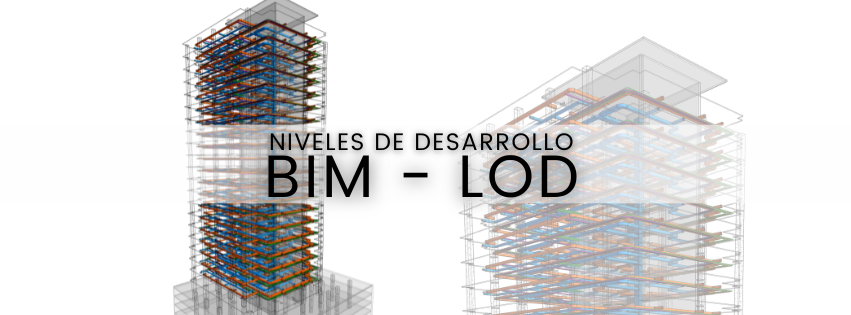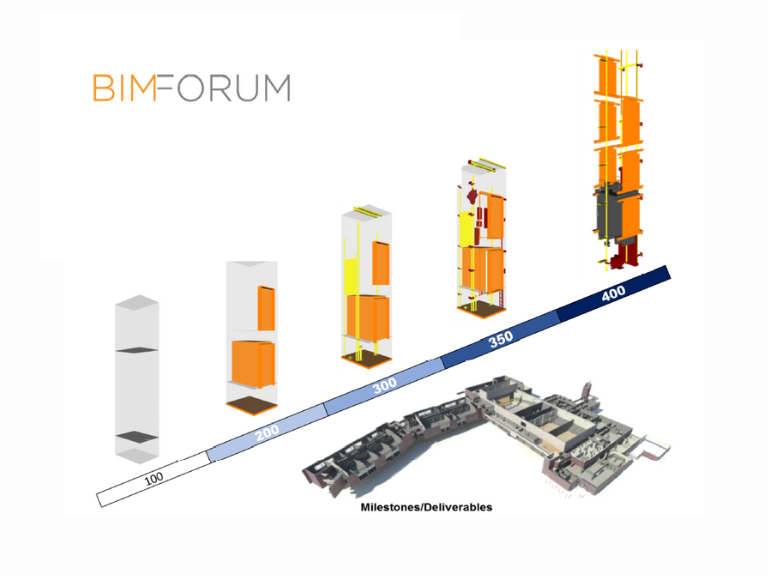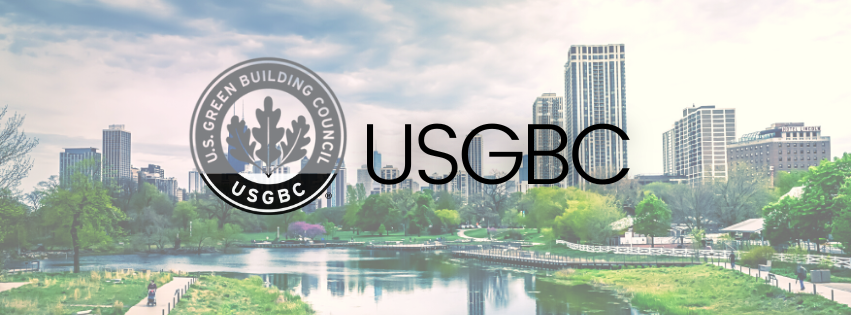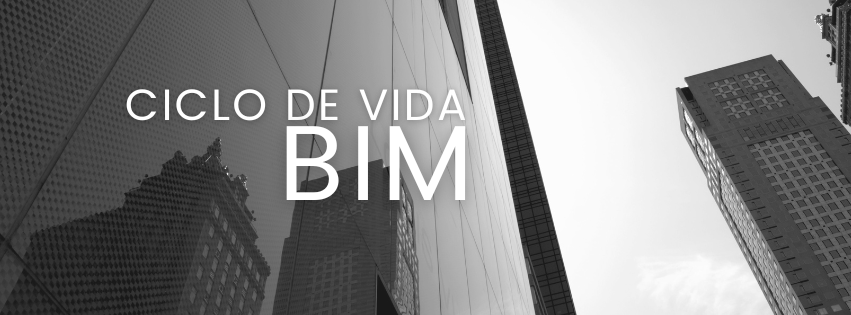
What is LOD in BIM?
For the development of a project under the methodology that BIM is important to classify the information of the elements of the BIM model, so she came up with the concept Level of Development LOD (Level of Development), this level refers to the amount of information that has each element modeling (geometry, material, spatial location, dimensions, manufacturer, construction process, etc)
LOD is usually interpreted as level of detail, but in reality it is the level of development of the model, which includes specifications, geometry and attached information to the components.
Who did the classification LOD?
American Institute of Architects (AIA) published in the document AIA-G202-201, in him is found the upper reaches of the levels of development and BIM Forum is the one who updates and publishes, to create a common environment and achieve standardization.
Document is the property of American Institute of Architects (AIA)
Classification of the levels of development (LOD) BIM
LOD 100: this Is a previous stage of the design model consists of 2D symbols and blocks to indicate the existence of an element.
The Model Element may be graphically represented in the Model with a symbol or other generic representation. The information related to the element of the model can be derived from other model elements. Any information derived from the elements LOD 100 should be considered approximate.
LOD 200: The elements within a model are represented graphically as a generic system, object, or assembly with quantities, size, shape, location and orientation estimate. You can also link to information not graphic element.
LOD 300: The elements are graphically represented in the model as a system, object or assembly specific in terms of quantity, size, shape, location and orientation. The amount, size, shape and orientation of the item can be measured directly from the model without referring to information not modeled as notes, or views reference.
LOD 350: the elements are graphically represented in the model as a system, object or assembly specific in terms of quantity, size, shape, location and orientation. Modeled all the parts needed for the coordination of other elements adjacent to or near, these parts include connections, brackets, and objects. The amount, size, shape and orientation of the item can be measured directly from the model without referring to information not modeled as notes, or views reference.
LOD 400: the elements are graphically represented in the model as a system, object or assembly specific in terms of quantity, size, shape, location and orientation. An element LOD 400 is modeled with the detail and accuracy sufficient for manufacturing (planes workshop). The amount, size, shape and orientation of the item can be measured directly from the model without referring to information not modeled as notes, or views reference.
LOD 500: You get this level once built the building and checked the information of the element in terms of size, shape, location, quantity, and orientation with respect to what is actually executed in a work on the level of LOD 400. This model allows us to manage the operation of the building and documenting maintenance operations.

When you choose the Level of Development (LOD) for the model, you should know the purpose of it, since the problem is more common when developing the plan is the excessive burden of information that a greater investment of time and cost.
Do you know what LOD requires the stage of your project? We can support you.
Contact us on our networks Facebook, LinkedIn, Instagram and subscribe to our Blog to learn about the latest trends and news in our industry.










